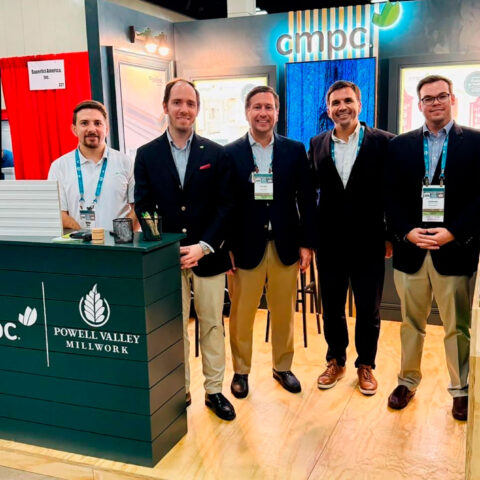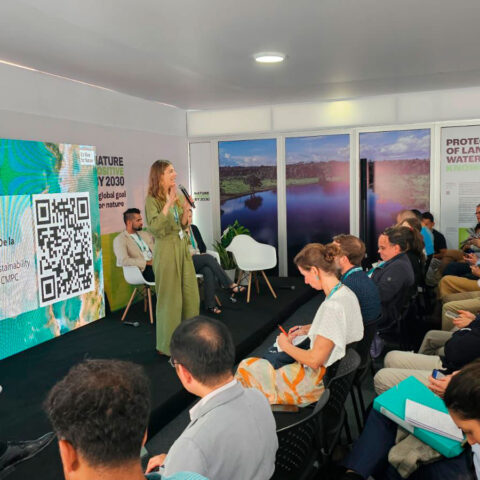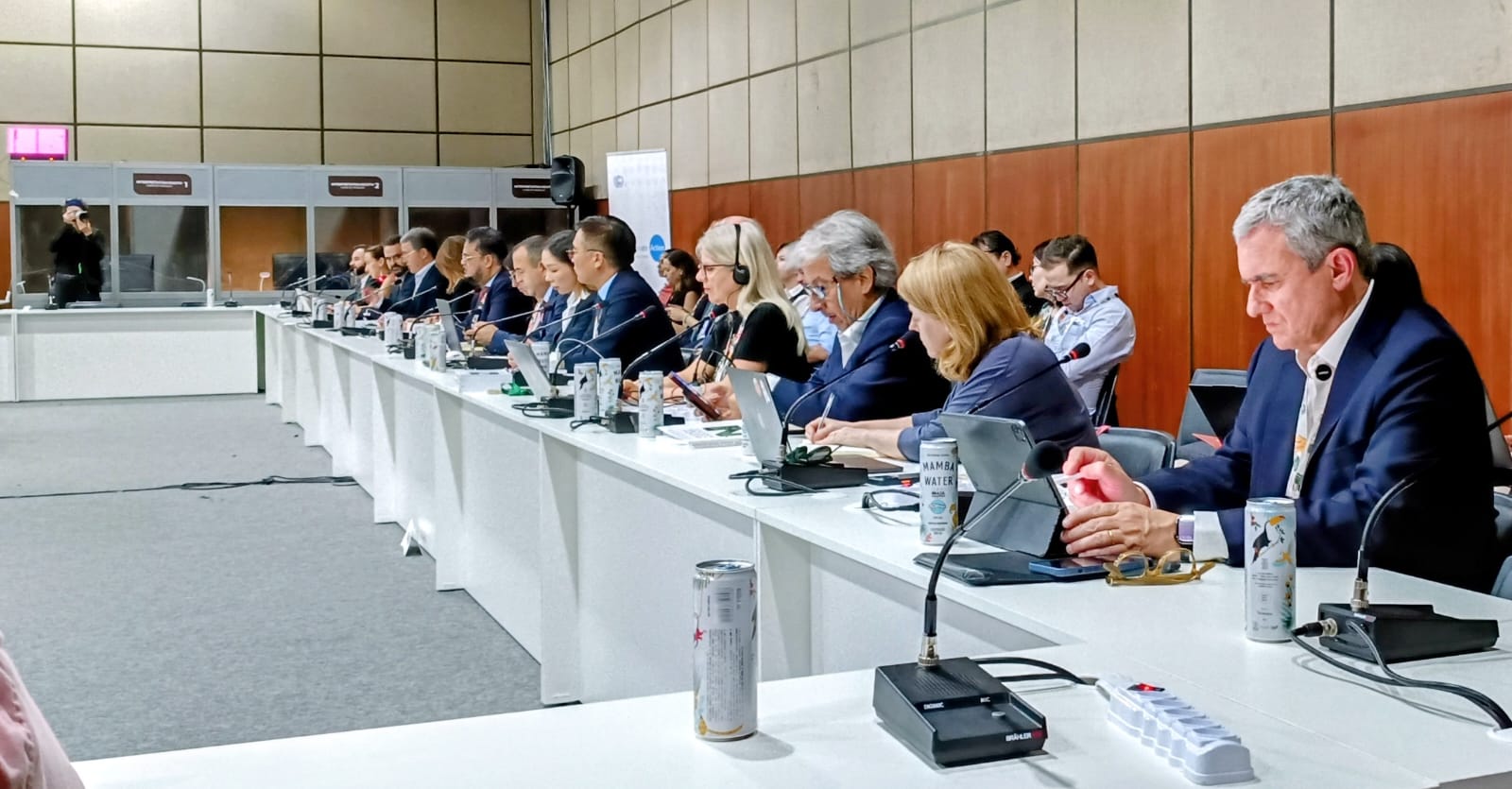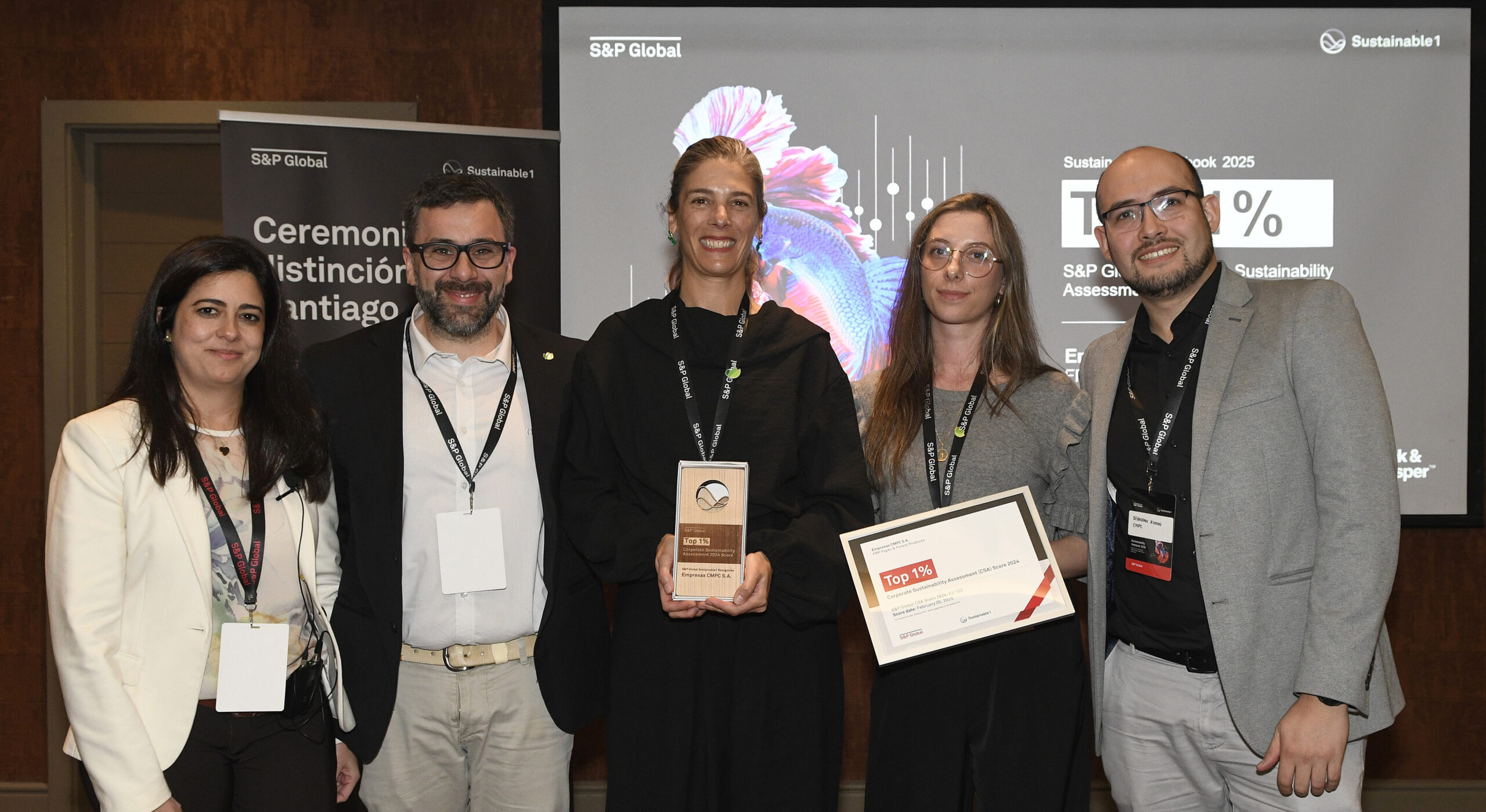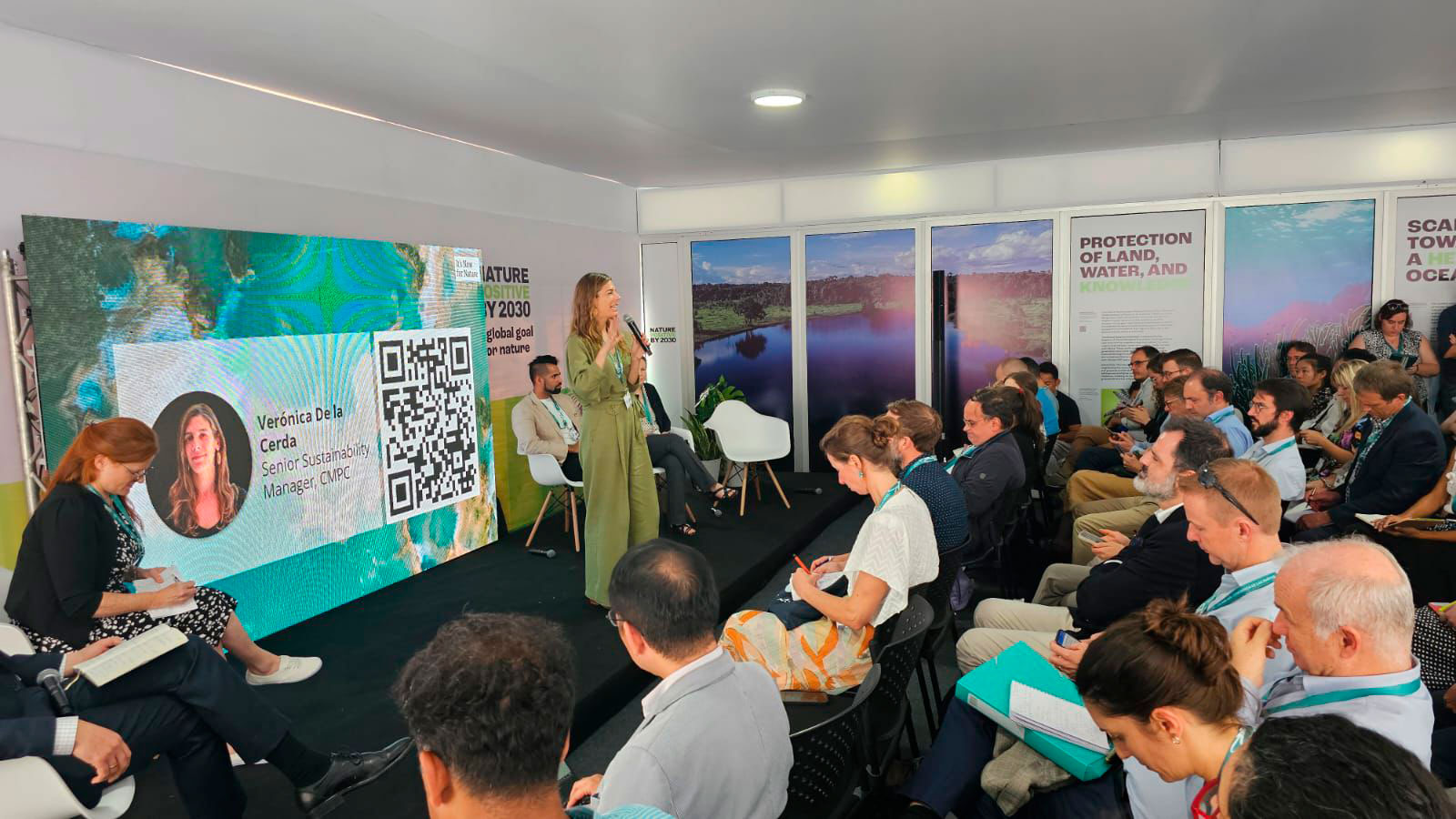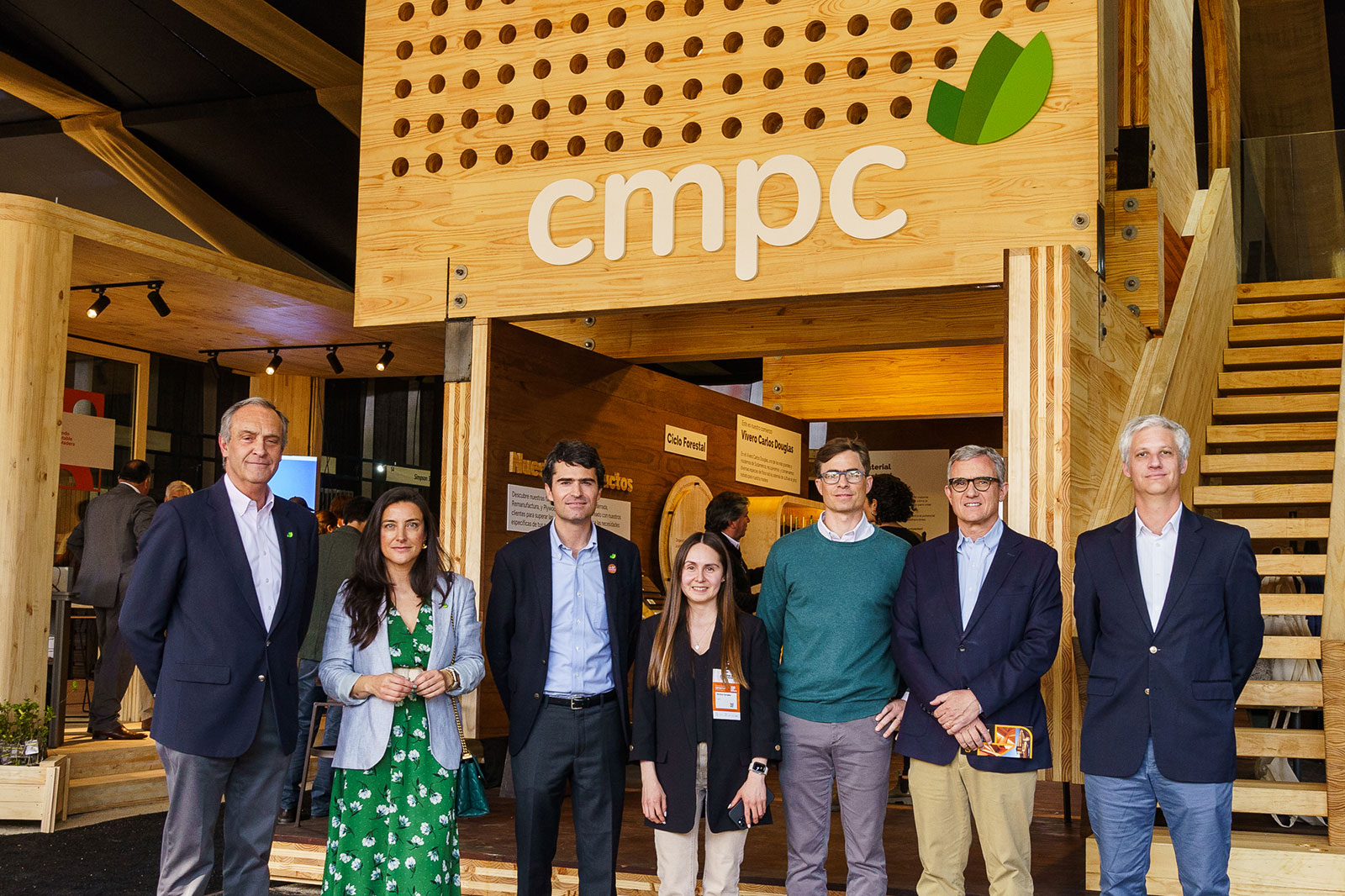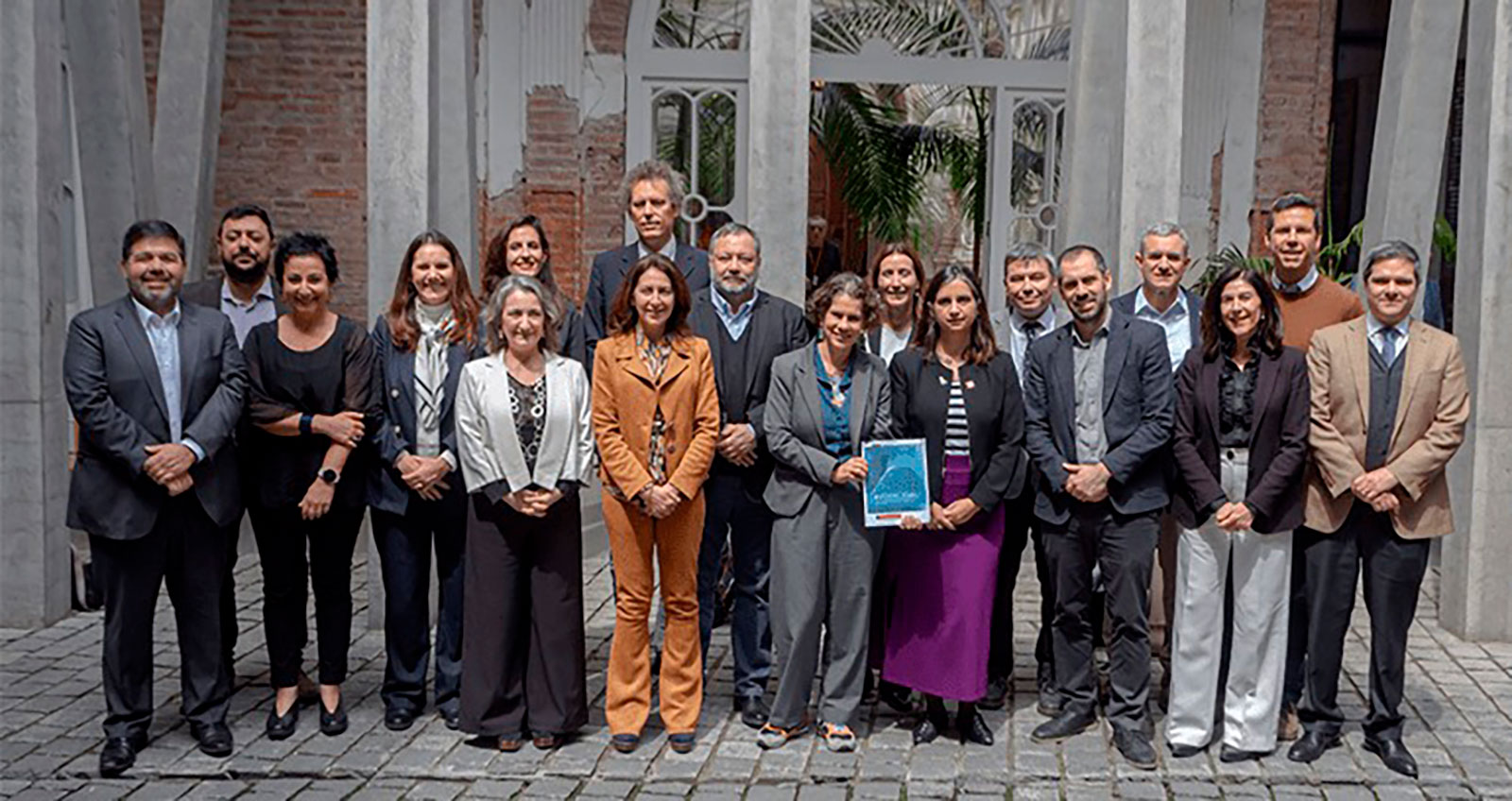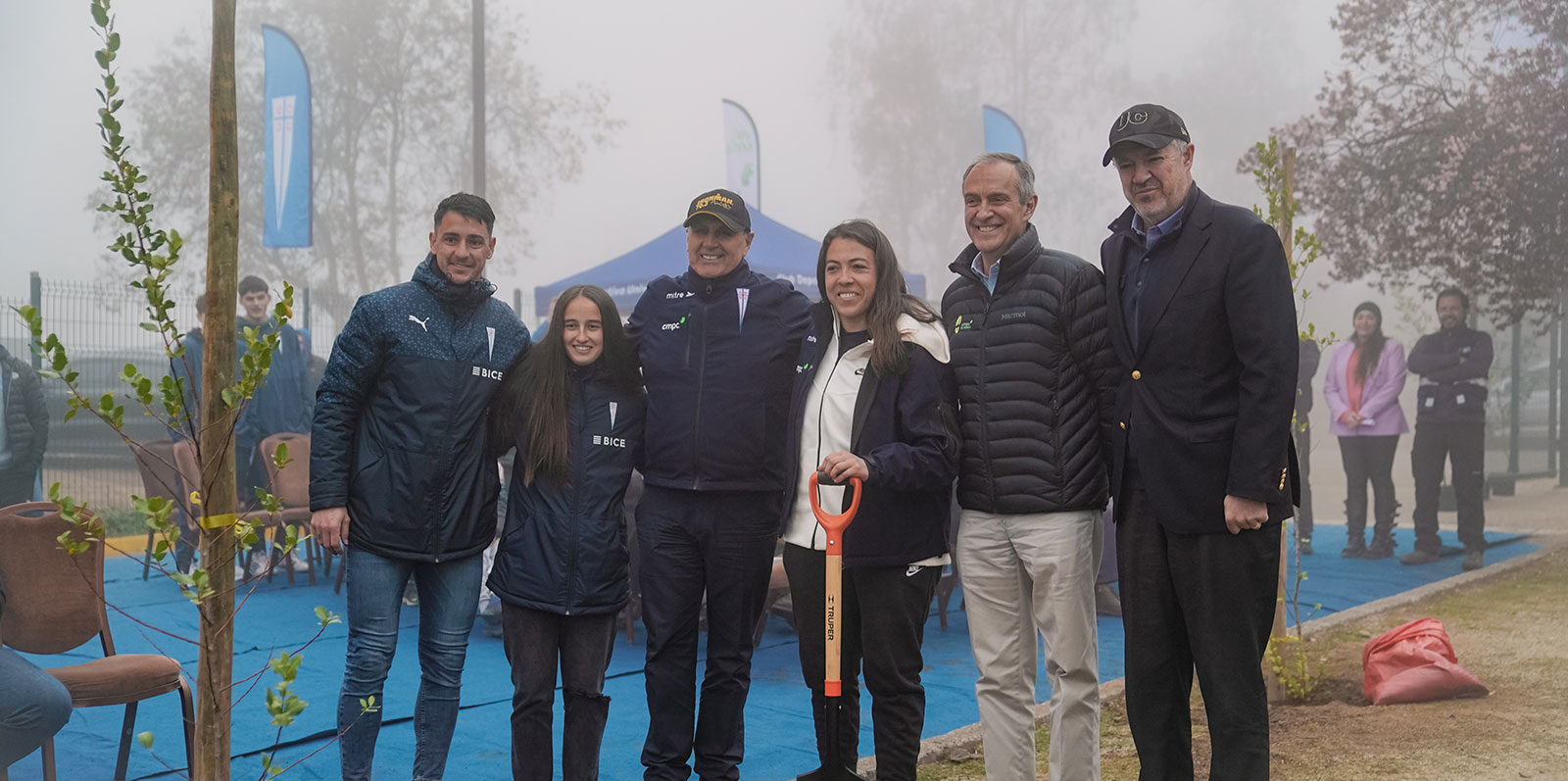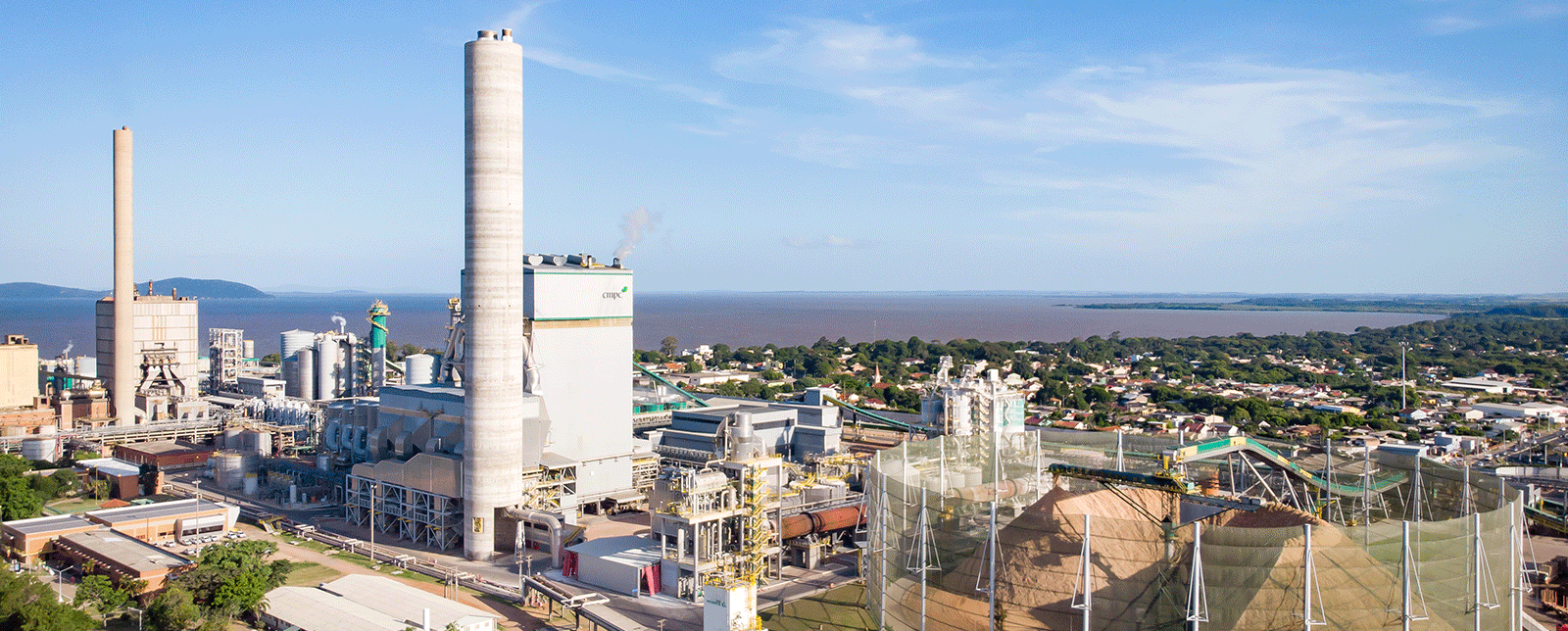
Paving a Green Path: The results of the Guaíba Plant’s Water Management
15 de November, 2023
Through various initiatives led by its Internal Water Use Committee, the Brazilian pulp factory has excelled in its efforts to reduce water usage, eliminate waste, optimize processes, and implement new ideas.
Demonstrating its daily commitment to the CMPC 2030 Strategy, which includes water consumption management among its goals, the Guaíba Plant has been working on various initiatives led by its Internal Water Use Committee, presenting remarkable results with the aim of continuously seeking opportunities to reduce water usage, eliminate waste, optimize processes, and implement new ideas.
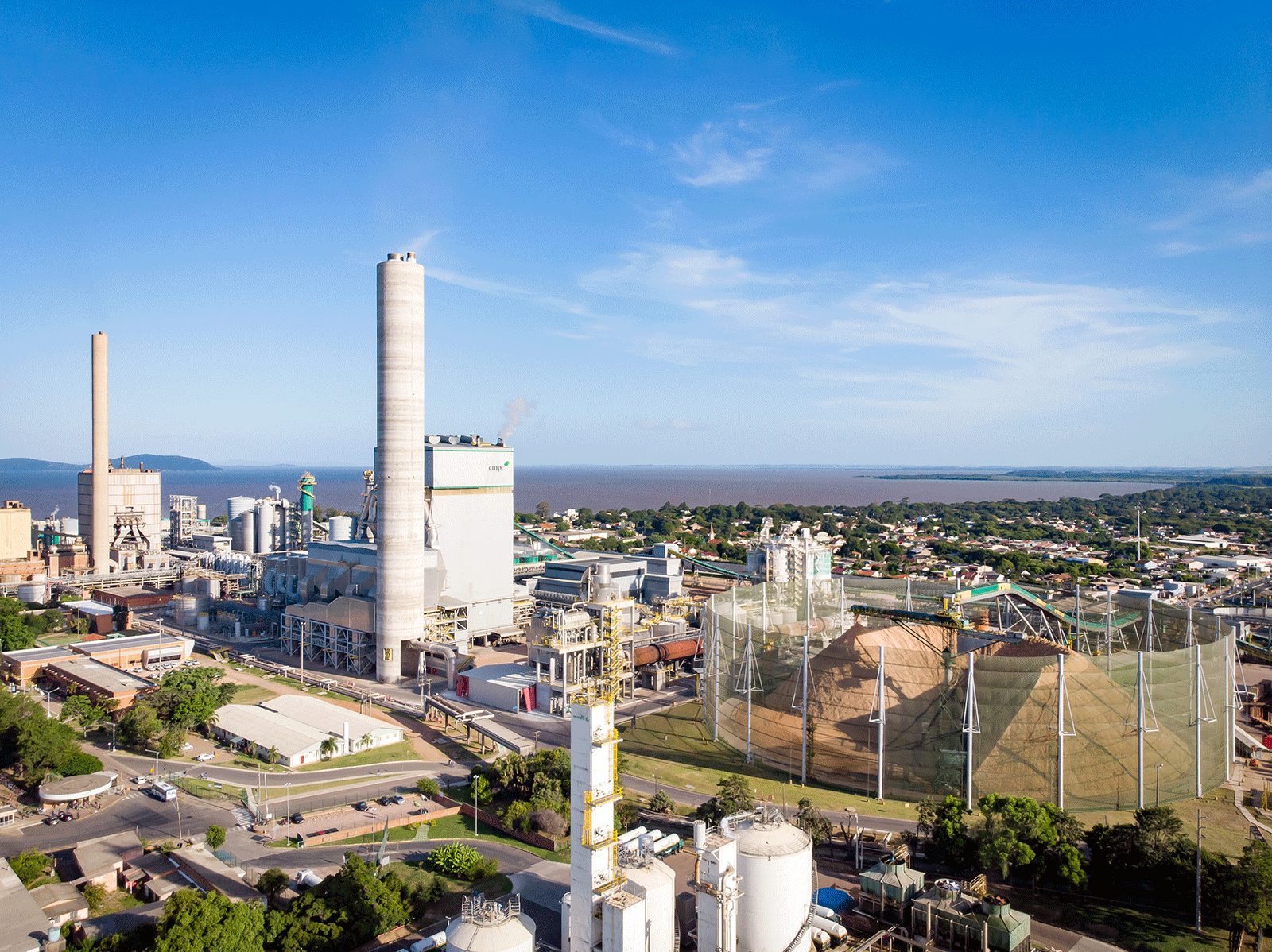
According to Djalma Ferreira Gusmão, Environmental Specialist at the Guaíba Plant, some of the notable actions include strategies using Lean Six Sigma quality tools, the establishment of a dedicated water-focused group within the Guaíba unit, which is the Internal Water Use Committee, as well as engineering studies and projects to reduce water consumption.
“In our efforts to raise awareness and gain the support of CMPC professionals in reducing water usage, we have implemented various internal activities and leveraged technology. We monitor water consumption daily in our management meetings at operational, coordination, and management levels, maintaining constant alignment with the teams in DDMA (Daily Environmental Dialogue) and through the members of the Internal Water Committee. We also use the PI VISION tool for real-time sectoral consumption management, analysis, and more immediate decision-making,” explained Djalma.
So far, the results achieved, expressed in m³/adt (cubic meters per air-dried ton) saved, show that the Guaíba Plant has reduced water usage in CMPC compared to the year 2022, which was 29.4 m³/adt. By September 2023, the cumulative consumption was 28.05 m³/adt, resulting in a savings of 1.35 m³/adt. Additionally, they also set a water usage record in July 2023, with a value of 24.99 m³/adt, surpassing more than 2.8 billion liters of water saved from January to September compared to the same period in 2022.



